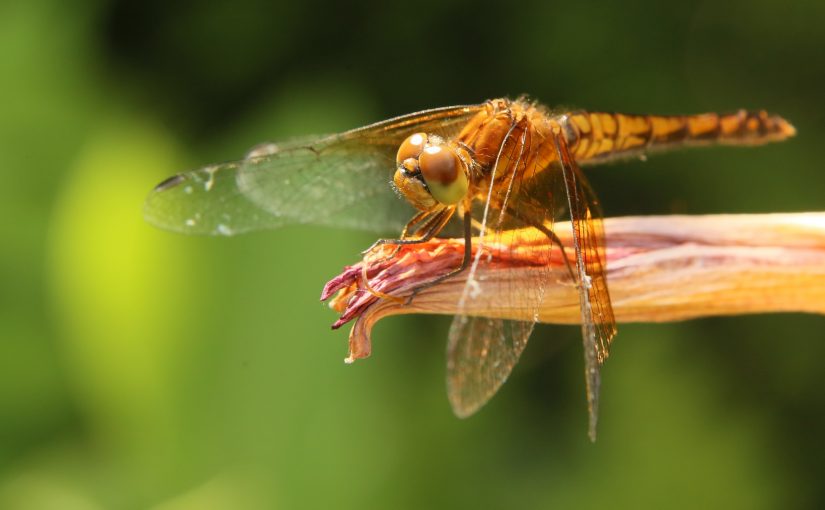Macro photography exposes you to a whole new world.
Macro photography zooms in extremely close to its subject, making it appear bigger than it actually is. You may never notice the beauty and strangeness of a creature until you examine it up close.
Focusing your attention on new photographic subjects also lets you experience your favourite park in a brand-new way.
Instead of walking the same trail down to the same lake, you start noticing new details. You may discover a weird and magical collection of fungi on a rotting log beside the trail, or that jewel-like damselflies like to sun themselves on the cattails by the lake shore.
Equipment
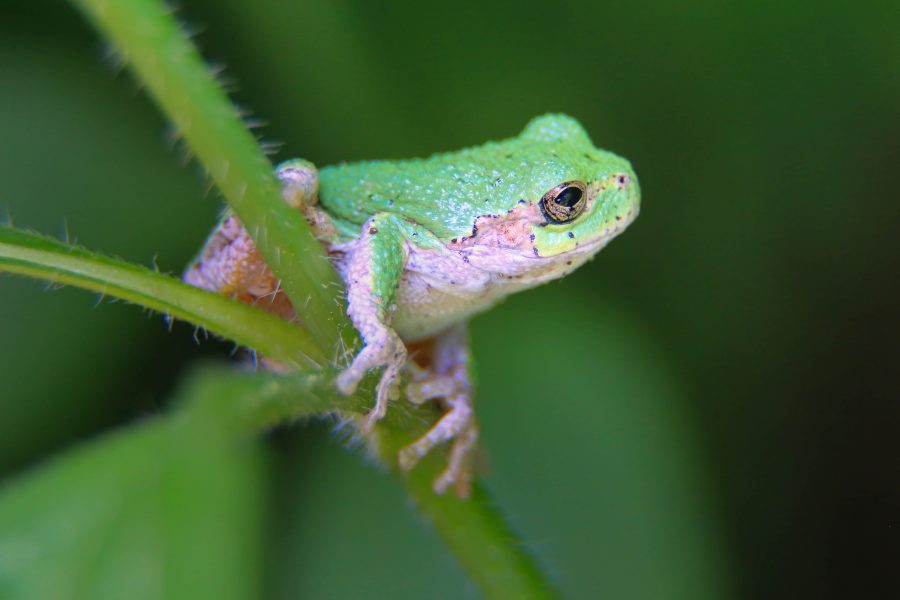
It doesn’t take much to start doing macro photography. You’ll be amazed at the quality of the close-ups you can get just with a smartphone camera!
If you have a point-and-shoot, you’ll probably find it has a “scene setting” which includes a macro mode. Sometimes this is denoted by the icon of a flower.
If you have a DSLR, you’ve got a couple of options to go beyond the capabilities of the lenses you currently own. The most convenient way is to buy a dedicated macro lens.
However, the absolute cheapest way to get into deep macro is to start with “reverse lens macro photography.”
This is where you use a special adapter which screws into your filter ring. Using the adapter you can attach your lens backwards to your camera, thereby turning it into a magnifier. Adapters for your particular lens can be purchased on eBay for a couple of dollars.
Making small things look big
Generally, there are three ways you can make something small look big.
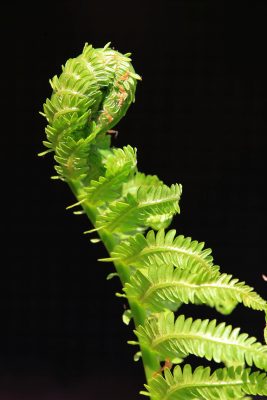
First, you can get as close to it as possible. This usually gives you the best quality photo, as it allows you to capture the most light. More light leads to the best image quality, and your fast shutter speed is going to freeze any action.
However, getting too close to a live subject can risk the health of your subject, so it’s often not the best option for birds and wildlife. You’d be scared too if someone jammed a huge camera in your tiny face!
Second, you can zoom in. Unfortunately, zooming can reduce the amount of light that falls on the camera’s sensor. Therefore it can introduce a) the risk of motion blur if your subject is moving, and b) image noise as the sensor tries to make up for the lack of light.
Generally, zooming is not recommended for smartphones, as their definition of “zooming” is just to make the pixels look fatter.
When zooming with a point-and-shoot, make sure you stay within your camera’s range of “optical zoom.” Once you get into “digital zoom,” you’ll just be artificially inflating the pixels, like a smartphone.
Third, you can crop your photo down. Even with high-end equipment, it’s likely your very small subjects only occupy a small portion of your photo. By cropping the photo, your subject appears larger.
Getting to know your subjects
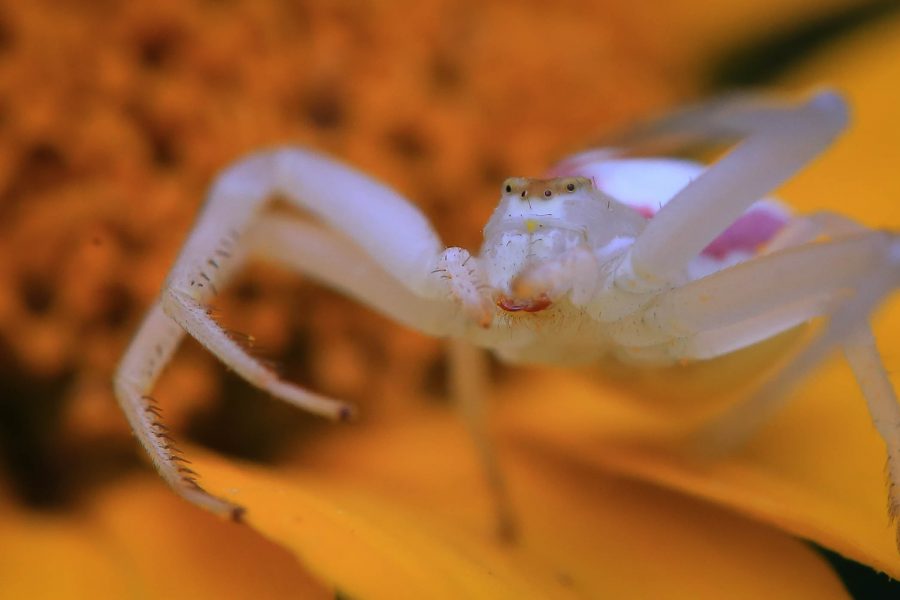
With macro photography, you always get to know your subjects.
For example, you’ll discover that dragonflies like to return to the same resting spots over and over again. They also quickly become accustomed to you, so you can get fabulous close-ups.
Or you’ll find that certain flowers are magnets for butterflies, or discover that morning dew burns off spider webs pretty quickly.
Composition
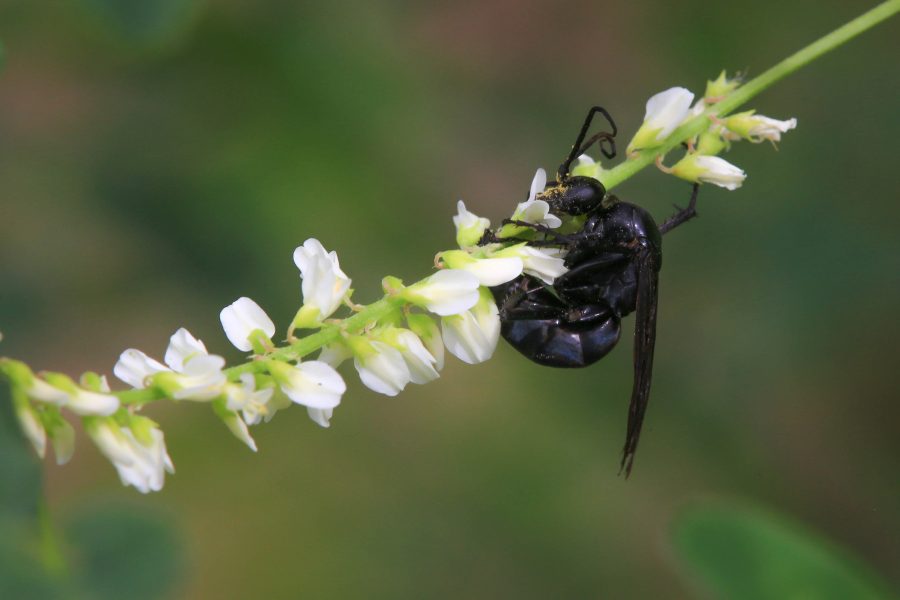
Good composition is an art. Here are some general tips to help you make your own masterpiece.
Get down and dirty
Rather than photographing something from above, try getting down on the ground to show people a new perspective. For example, if you photograph a mushroom from the side you might find it has delicate gills harbouring hidden creatures.
Avoid profile shots
When taking a picture of an insect or other small creature, you’ll find a head-on or 3/4 profile perspective is more engaging than photographing it from the side. If the entire creature can’t be in focus simultaneously, just try to make sure the most interesting bit is. For most creatures, this means the eyes, but it could also be a delicate wing pattern, etc.
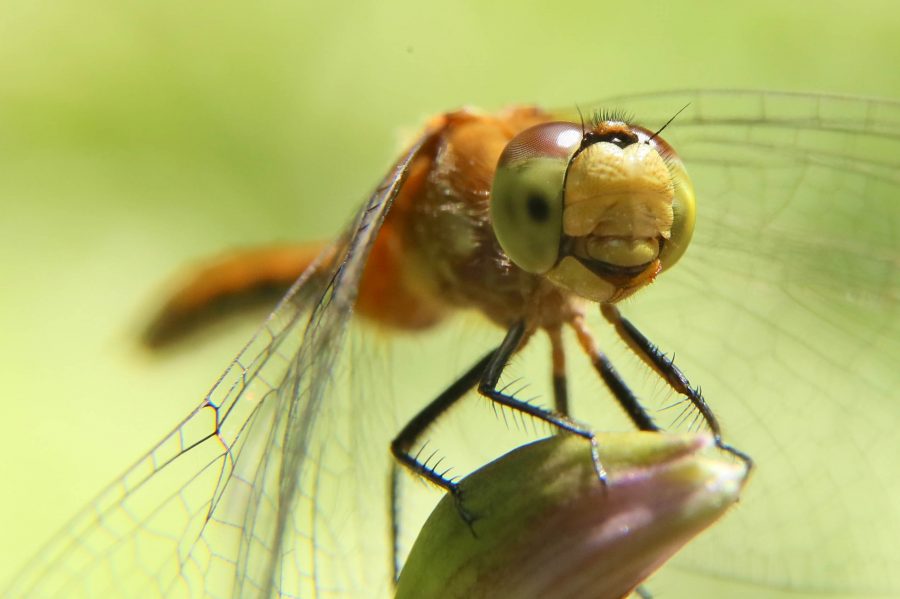
Take lots of shots
Macro photography inherently results in images with very narrow depths of field. Even the slightest swaying of your subject in the wind can make it fall out of focus. Make sure to take lots of photos to increase your chance of getting that fabulous in-focus shot.
Pay attention to the background
Sometimes changing your angle a bit can significantly improve the framing of your subject. A distracting twig in the background can shift to beside the flower, rather than looking like it’s erupting from the back.

Control your lighting
Macro photography is frequently done where lighting is dim, so a flash can help. If you do use a flash, consider putting a reflector just off-scene to reflect the flash’s light back on to your subject and soften the shadows. If you’re in bright sunlight, consider shading your subject or using a flash to reduce harsh shadows. Cloudy days are a great time for macro photography!
Look for a story
A photo of a creature doing something is more compelling than one of something sitting there passively. Luck does play a role, but sometimes it can help if you change your position or perspective. Patience is a virtue!
Resources
When it comes to identifying what you photographed, you’ll find many of the parks have printed guides to local flora and fauna.
Additionally for arthropods (insects, spiders and other such creatures), Bugguide.net has lots of useful information to help you identify what you photographed. If you’re completely lost, you can even post a photo there and someone will point you to the probable species.
And — of course — make sure you’re being an ecologically responsible photographer as you pursue the perfect shot.
